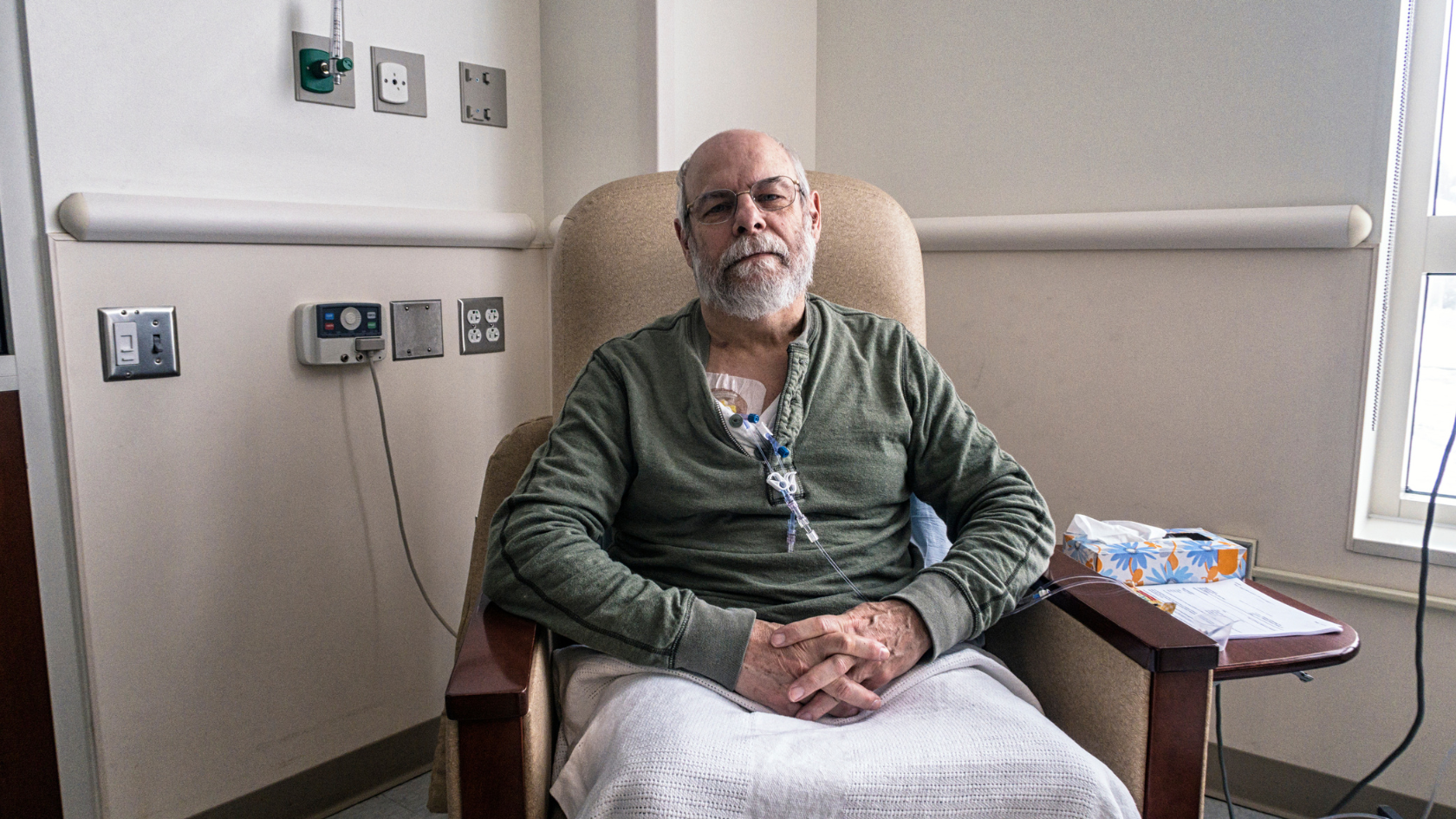Waldenström Macroglobulinemia: a rare hematological disease
Waldenström Macroglobulinemia is a rare type of lymphoplasmacytic lymphoma, a cancer that affects white blood cells called B lymphocytes. These cells produce an abnormal protein (monoclonal IgM) that can accumulate in the blood and tissues, leading to a range of symptoms.
The disease is more common in men and typically occurs in older adults, with an estimated incidence in Europe of about 7 per 1,000,000 men and 4 per 1,000,000 women, and of 3 every 1,000,000 in the United States.

Waldenström Macroglobulinemia is a rare type of cancer, usually affecting elder man.
What is Lymphoplasmacytic Lymphoma?
Lymphoplasmacytic lymphoma is a type of slow-growing blood cancer that originates in B cells. These cells normally help the body fight infections by producing antibodies. In this disease, they abnormally proliferate and produce large amounts of IgM monoclonal protein. Over time, these abnormal cells accumulate in the bone marrow, lymph nodes, liver, and spleen, causing tissue enlargement and interfering with normal blood cell production.
How Waldenström’s Macroglobulinemia Develops
The exact cause of Waldenström’s macroglobulinemia remains unknown. Risk factors may include family history, hepatitis C virus infection, and exposure to ionizing radiation. Most patients (up to 90%) carry the L265P mutation in the MYD88 gene, which plays a key role in the abnormal growth and survival of lymphoma cells. The disease develops slowly, and many patients may remain asymptomatic for years before signs appear.
Symptoms
Symptoms can arise from two main mechanisms:
- Lymphoma cell infiltration: enlarged lymph nodes, liver (hepatomegaly) or spleen (splenomegaly), chronic fatigue, fever, night sweats, and weight loss.
- Monoclonal IgM protein effects: hyperviscosity syndrome (thickened blood), peripheral neuropathy, AL amyloidosis, vision problems, and bleeding tendencies.
Diagnosis
Waldenström’s macroglobulinemia is diagnosed through a combination of laboratory and imaging tests:
- Blood tests: serum protein electrophoresis, immunofixation, complete blood count with differential.
- Bone marrow examination: trephine biopsy to detect lymphoma cells.
- Additional tests: fundus examination, liver enzyme activity tests, and sometimes imaging to assess organ enlargement.
Treatment and Prognosis
Treatment depends on the patient’s symptoms and overall condition. Some individuals with mild or no symptoms may only require regular monitoring and follow-up. For others, therapy may include chemotherapy, targeted therapies, or immunotherapy.
The disease typically has a slow, chronic course, though in some cases it can progress rapidly, which is associated with a worse prognosis.
References